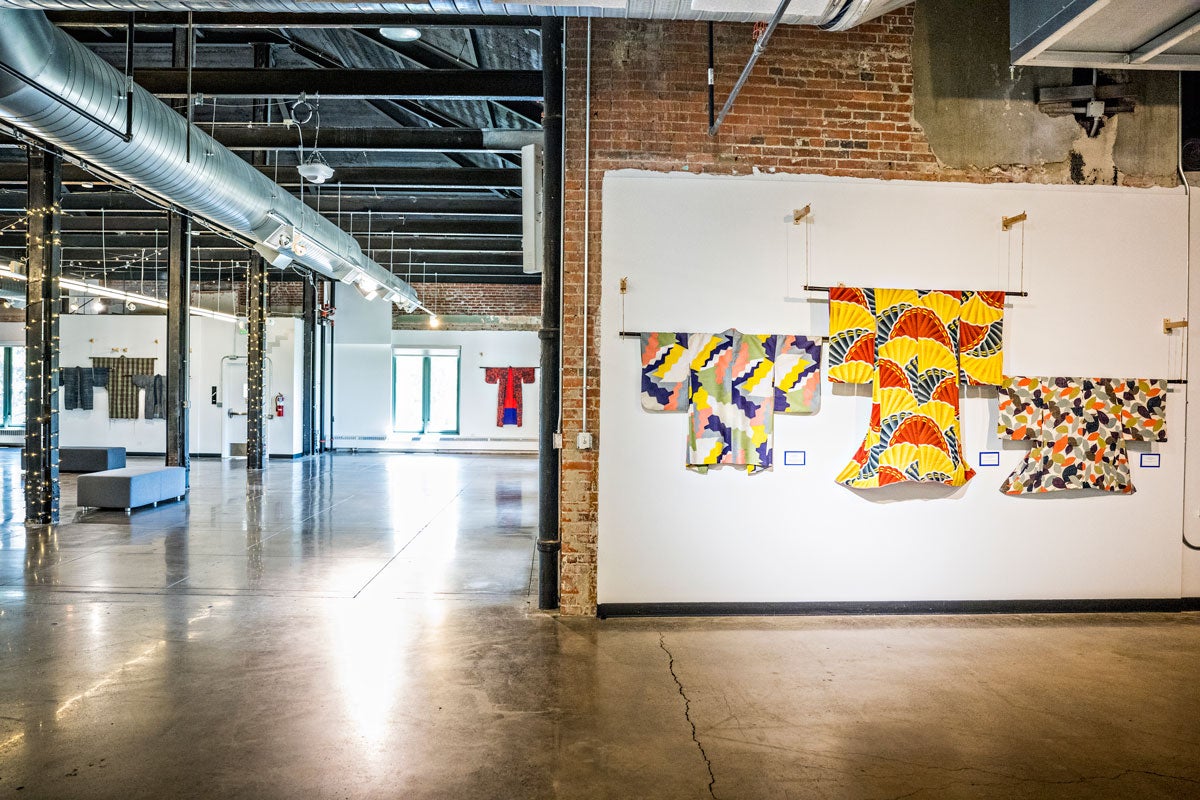exhibitions

201 Kimonos
08/16/2024 - 01/06/2025
201 Kimonos
McNichols Civic Center Building, Third Floor
Aug. 16, 2024 - Jan. 6, 2025
What we think of as a kimono has its roots in antiquity, more a thousand years ago. We envision a flowing silk robe with pattern and decoration. While “kimono” usually refers to a specific garment, the word itself means “something worn;” more generally “kimono” can mean anything people wear.
Kimonos were an indispensable part of Japanese society, partially based on the traditional social classes of the Edo period (1603-1868) which placed shoguns at the top, followed by farmers (peasants), then artisans and finally merchants. It was the artisans and merchants who dominated life in the cities and towns - and it was these people who were responsible for the artistic development of the kimono.
This exhibition emphasizes the traditional T-shaped garment called “kimono,” but it also integrates the more general concept of clothing, including a variety of other traditional Japanese apparel, such as haori, a short kimono, and other varieties of robe-like clothing, such as traveling coats produced from various cloth and fibers.
Silk is the most common fabric used for the kimonos in the exhibition, while other fibers such as cotton, linen, hemp and other plant fibers are also used traditionally. Synthetic fibers also became more common starting in the 20th Century.
There are many guidelines for wearing a kimono - as many as 200 rules according to Norio Tamamaka, a leading authority on the subject. A kimono’s design and color are often chosen for a specific occasion or time of year. A kimono with a plum blossom design, for example, is a winter design and would not be worn during the summer. In March and April, one would commonly wear a kimono with a lavender color and a blue lining.
Related Events
Opening Reception: Friday, Aug. 16, 5-8 p.m.

